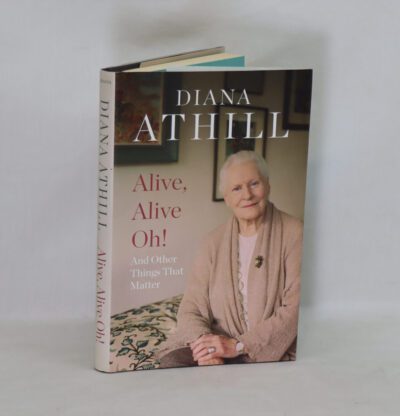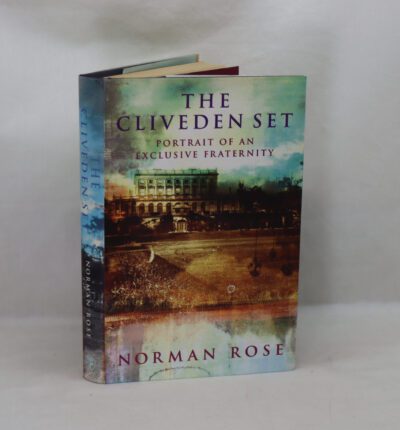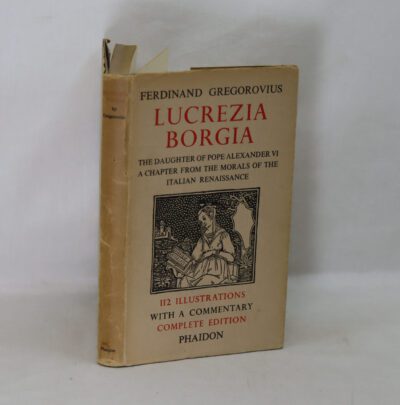Kublai Khan.
By John Man
ISBN: 9781446486153
Printed: 2007
Publisher: Bantam Books. London
| Dimensions | 12 × 20 × 3 cm |
|---|---|
| Language |
Language: English
Size (cminches): 12 x 20 x 3
Condition: Good (See explanation of ratings)
Your items
Item information
Description
Paperback. Gilt title and mounted warrior image on the cream cover.
We provide an in-depth photographic presentation of this item to stimulate your feeling and touch. More traditional book descriptions are immediately available
-
This used book has a £3 discount when collected from our shop
Please view our photographs to see the quality of this book.
Kublai Khan lives on in the popular imagination thanks to these two lines of poetry by Coleridge. But the true story behind this legend is even more fantastic than the poem would have us believe. He inherited the second largest land empire in history from his grandfather, Genghis Khan. He promptly set about extending this into the biggest empire the world has ever seen, extending his rule from China to Iraq, from Siberia to Afghanistan. His personal domain covered sixty-percent of all Asia, and one-fifth of the world’s land area. The West first learnt of this great Khan through the reports of Marco Polo. Kublai had not been born to rule, but had clawed his way to leadership, achieving power only in his 40s. He had inherited Genghis Khan’s great dream of world domination. But unlike his grandfather he saw China and not Mongolia as the key to controlling power and turned Genghis’ unwieldy empire into a federation. Using China’s great wealth, coupled with his shrewd and subtle government, he created an empire that was the greatest since the fall of Rome, and shaped the modern world as we know it today. He gave China its modern-day borders and his legacy is that country’s resurgence, and the superpower China of tomorrow.
Reviews:
-
Kublai Khan, the thirteenth-century Mongolian prince who became warrior emperor of China, was perhaps the most powerful man who ever lived. Grandson of the great Genghis Khan, he inherited the largest land empire in history and doubled it. Driven to fulfil his grandfather’s destiny and ensure Mongol supremacy, Kublai s realm would embrace over half of all Asia: a staggering one-fifth of the world’s inhabited land area. But Kublai Khan was not born to rule. It was his brilliant, scheming mother who placed him in line for the throne. Seizing power in his forties, he perceived China rather than Mongolia as the key to empire and, after twenty years of war, became the first barbarian to conquer all of China. Bringing together vast wealth, military strength and shrewd government, he was to transform his dominion into the prototype of today’s superpower.Drawing on his own travels through Mongolia and China, bestselling historian John Man brings the remarkable world of Kublai Khan to vibrant life. One of the great strengths of this book is to rescue Kublai Khan from myth Man knows his subject, and his desire to share it is infectious it is rollicking stuff Daily Telegraph
-
Man has become a recognised authority on the history of Mongolia and its countrymen. Kublai Khan is a worthy successor to his book on Genghis Khan a remarkable story Times Literary Supplement
-
Kublai Khan is perhaps one of the most influential men in history, but to many in the West, he is perhaps little more than a name. This is perhaps largely because of the complexity of understanding his story, given that it spans so many places and languages and perhaps because unlike Genghis, Kublai had limited direct interaction with the West. This is what makes John Man’s book such a pleasure, he really opens up the history of Kublai Khan to lay readers and historians alike, and provides a very compelling read too. The work’s appeal is found in the way that Man is able to avoid the pitfalls of writing a narrative history (namely that done badly it can be very dull) with a discussion of the geography and landscapes that the history covers (something many historians fail to engage with). The work takes us all the way through Kublai’s life, with good digressions to provide background detail, with more thematic chapters thrown in toward the end. The book is fairly uncontroversial, though students of Japanese history may dislike the characterisation of Japan in the chapter covering the first Mongol Invasion, though this is balanced out by the view taken in the chapter covering the second invasion. An interesting feature of Man’s work is that he cross references his history with his own travels in China and his discussions with people he has met or are involved in certain sites, this may irritate some history purists; however what Man succeeds in doing is perhaps highlighting the efforts of current archaeologists to uncover more history. Certainly you would hope that someone reading the work may help archaeologists with funding for the marine archaeology in Imari Bay. All in all, this was a really enjoyable read and certainly a good starting point for anyone with a general interest in Kublai Khan.
John Man is a historian and travel writer with a special interest in Mongolia. After reading German and French at Oxford he did two postgraduate courses, one in the history of science at Oxford, the other in Mongolian at the School of Oriental and African Studies in London. John has written acclaimed and highly successful biographies of Genghis Khan, Attila the Hun and Kublai Khan as well as Alpha Beta, on the history of the alphabet, and The Gutenberg Revolution, on the invention of printing.
Want to know more about this item?

Share this Page with a friend










